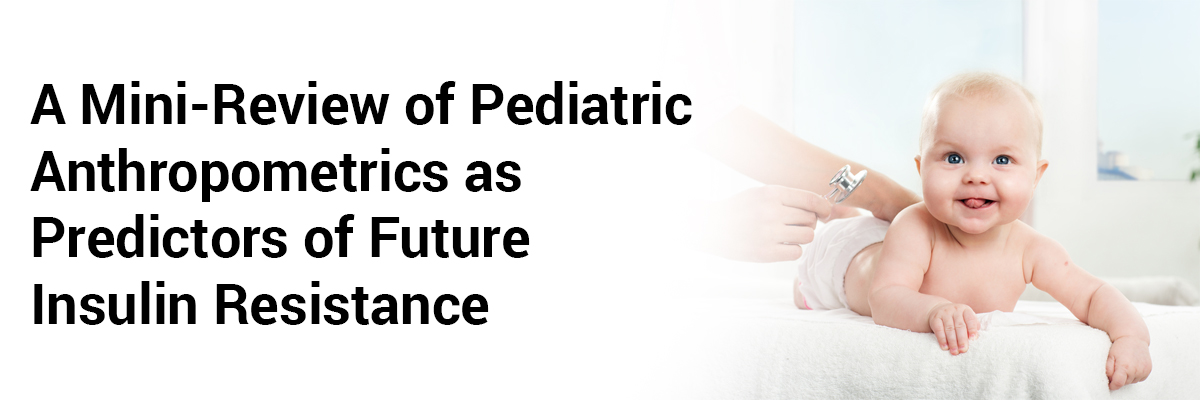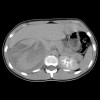
 IJCP Editorial Team
IJCP Editorial Team
A Mini-Review of Pediatric Anthropometrics as Predictors of Future Insulin Resistance
A recent article discussed that the increasing prevalence of childhood obesity impose far-reaching impacts. The deleterious effects of excess adiposity during childhood are likely to manifest during adulthood.
Excessive body fat accumulation heightens the risk for insulin resistance. While certain patterns of fat deposition predilect to metabolic diseases. Thus, adiposity measures play a crucial role.
Initially, body mass index (BMI), was used to ascertain the association between childhood obesity and future insulin resistance. However, BMI fails to precisely measure adiposity.
Although measures like waist to height ratio are deemed superior screening measures for adults, their utility pediatrics may be limited. Recent data indicate that alternative anthropometrics may be superior to BMI in identifying children who are at a higher risk of developing insulin resistance.
Further studies including different cohorts are warranted to identify which pediatric anthropometric (including waist circumference and hip circumference) would best predictadult insulin resistance.
Source: Frontiers in Endocrinology. 2022; 13: 826430. doi: 10.3389/fendo.2022.826430

IJCP Editorial Team
Comprising seasoned professionals and experts from the medical field, the IJCP editorial team is dedicated to delivering timely and accurate content and thriving to provide attention-grabbing information for the readers. What sets them apart are their diverse expertise, spanning academia, research, and clinical practice, and their dedication to upholding the highest standards of quality and integrity. With a wealth of experience and a commitment to excellence, the IJCP editorial team strives to provide valuable perspectives, the latest trends, and in-depth analyses across various medical domains, all in a way that keeps you interested and engaged.




















Please login to comment on this article